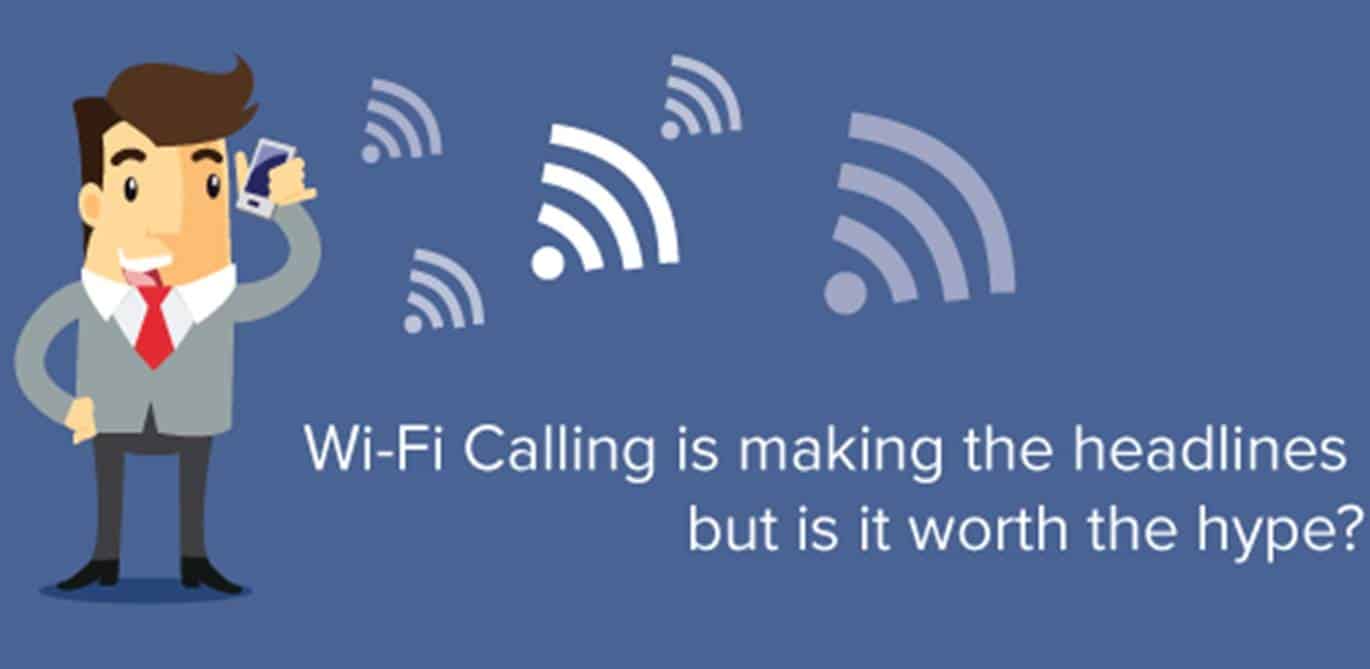Wi-Fi is not a new phenomenon. It has been used and relied upon by millions of people to access data services for many years. Wi-Fi networks continue to grow in popularity with impressive expansion plans.
Analysis from Wi-Fi specialist iPass predicts that by 2018 the planet will have one Wi-Fi hotspot for every eight people. That level of availability is overwhelming. Whether they are commercial or community Wi-Fi hotspots the key point is that they are due to grow at a staggering pace.
Mobile users are familiar with using Wi-Fi for data – it’s available in hotels, coffee shops, offices, homes, airports. It’s not uncommon for mobile users to search out a Wi-Fi network as the first thing they do when they enter new premises.
The growth and popularity is only possible due to the fact that virtually all smartphones and tablets have Wi-Fi enabled capability. Wi-Fi has become a standard feature that many don’t even consider as an actual feature. Connecting to Wi-Fi for data services is now as rudimentary as sending a text message.
Now we’re entering the world of Wi-Fi calling. This allows customers to make voice calls and send texts over the Wi-Fi network. The news will be particularly welcomed by those with poor cellular coverage in rural areas or inside buildings. Research shows that poor coverage is the main driver for churn in many markets so anything an operator can do to improve poor coverage, that is cost effective, will be popular.
The surge in the number of operators announcing the launch of Wi-Fi calling services is making many of the industry headlines. On the 18th of August 2015 Vodafone announced that they are the first operator in South Africa to launch Wi-Fi calling, although it is only available on one device. Calls made over a Wi-Fi network will be billed using existing minutes i.e. no data costs will be incurred. On the 11th of August Optus announced that they were to pioneer Wi-Fi calling in Australia with an app named Wi-Fi talk. Calls will be charged to a customer’s mobile bills as a standard voice rate.
Challenges To Be Overcome
Availability of Wi-Fi Calling enabled devices:
As I stated earlier, the success of using Wi-Fi for data is possible mainly because all modern smartphones and tablets offer Wi-Fi capability. The situation is different with Wi-Fi calling.
In Q3 2014 Apple broke the news that they were adding the new feature of Wi-Fi calling to their iOS8 platform. But, as of August 2015 only five service providers offer Wi-Fi calling to their Apple customers - T-Mobile (U.S.), Sprint (U.S.), EE (U.K.), 3 (Hong Kong) and SmarTone (Hong Kong). In August 2015 Apple announced that the Wi-Fi Calling feature will continue to be supported within the upcoming iOS9 release. But what about the millions of people who are using an older version of an Apple device?
The same can be said of other device manufacturers. For example Samsung, at the moment, only offer Wi-Fi Calling on Galaxy S6, Galaxy S6 Edge and the Galaxy S5.
While we wait for device manufactures to extend the range of devices that feature Wi-Fi Calling service providers will struggle to make significant in-roads in driving adoption rates.
Quality of Service:
Another challenge facing operators is quality of service. Voice calls over the data network need to be managed differently than a standard data session. Service providers need to consider latency, loss and jitter which would not normally be associated with data services. Systems need to be in place to make sure that adequate bandwidth is reserved for Wi-Fi calls. Operators are under intense competition from over the top (OTT) VoIP players and other service providers, all vying for the same customers, therefore, it’s essential to focus on quality of service.
Conclusion:
As more and more operators roll-out Wi-Fi Calling, equipment manufacturers will be under pressure to deliver a wider range of Wi-Fi Calling enabled devices. The issue of delivering an acceptable quality of service is more complicated. If a customer has a poor experience whilst making a call over the Wi-Fi network they will be hesitant to try the service again and may lead to a level of dis-satisfaction resulting in churn.
But if we use T-Mobile US as our crystal ball it appears that the future is bright for Wi-Fi Calling. T-Mobile US made a big push with Wi-Fi calling in late 2014 and reported 7 million users by Q2 2015 representing 12% of the total customer base. Thereby indicating that there definitely is substance behind the hype.




















